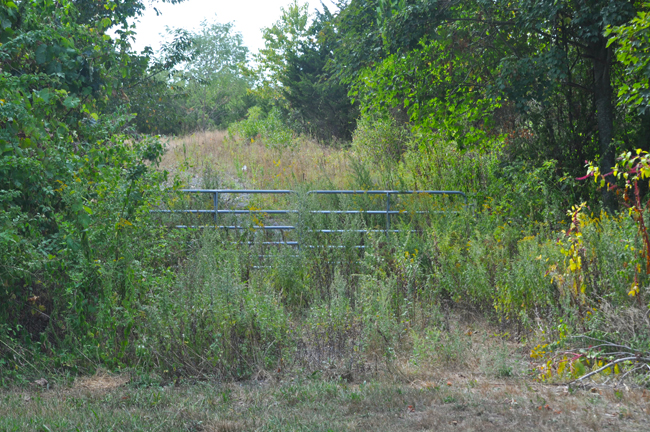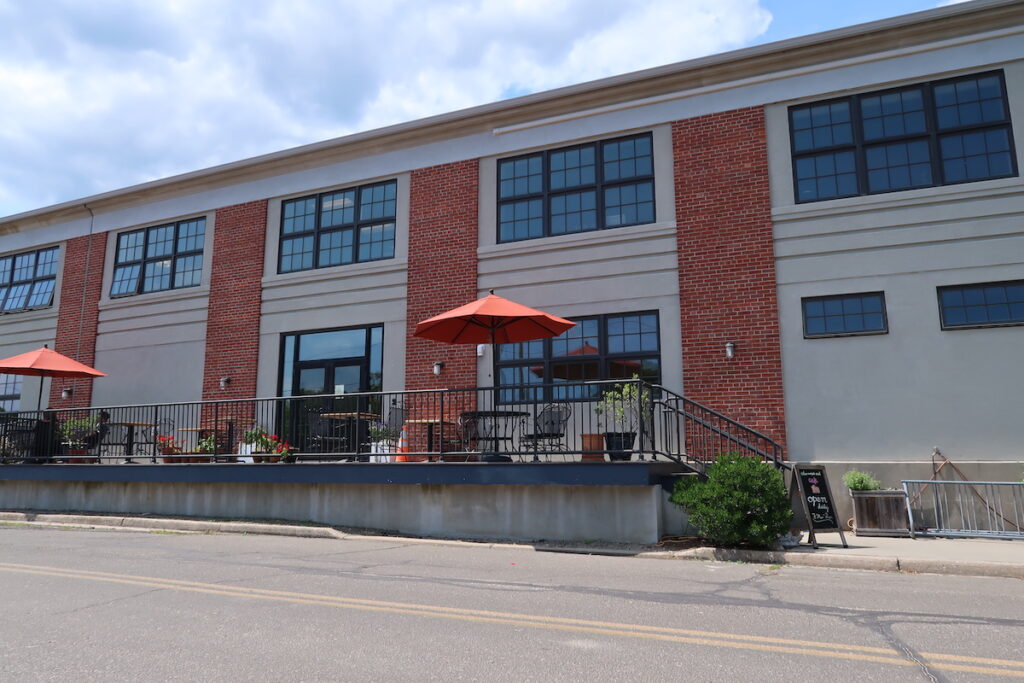Town, Heritage at Cutchogue developer end five-year legal battle

The Southold Town Board approved a stipulation of settlement Tuesday that effectively ends a five-year legal battle and could pave the way for construction of a controversial 55-and-over community in Cutchogue.
The developers of Heritage at Cutchogue had filed a pair of lawsuits in state Supreme Court in 2009, alleging that Southold’s Town Board and Planning Board unfairly hindered the site plan application process for the proposed condominium project through a series of zoning and code changes. Nocro Ltd., parent company of developer The Heritage at Cutchogue LLC, had sought $38 million in damages from Southold Town and, in a separate action, an additional $40 million in damages from individual board members. The claim against the individual officials had been previously dismissed.
Under the stipulation of settlement, which was signed by Southold Supervisor Scott Russell Wednesday morning, the town is prohibited from changing the zoning and allowable land uses on the parcel, located at Griffing Street and School House Lane in Cutchogue, until a new site plan can move forward.
The developer has also agreed to reduce the size of the project slightly, dropping it to 130 condominium units from the 139 units originally proposed in 2005. The project may not comprise more than 245,000 square feet of living space and half of the 46-acre parcel must remain open space, according to the stipulation.
The Planning Board must also re-examine the revised application and put the site plan up for a new public hearing. If the town does not comply, the stipulation states, the lawsuit will move forward.
The developer had claimed the Town Board and Planning Board “acted with malice” toward the project, forcing it to “modify its plans in accordance with ever-changing town law,” according to the 2009 lawsuit.
The developers, who purchased the property in 1986, say they bought it “with the reasonable expectation that the property could be developed for multi-family residential purposes,” according to the lawsuit. They said the town then manipulated the site plan and environmental review processes in order to prevent the project from proceeding before the town passed code amendments relating to design standards, size limits and open space requirements for future developments within the property’s existing zoning.
The developers have one year to file a new site plan, according to the stipulation.








